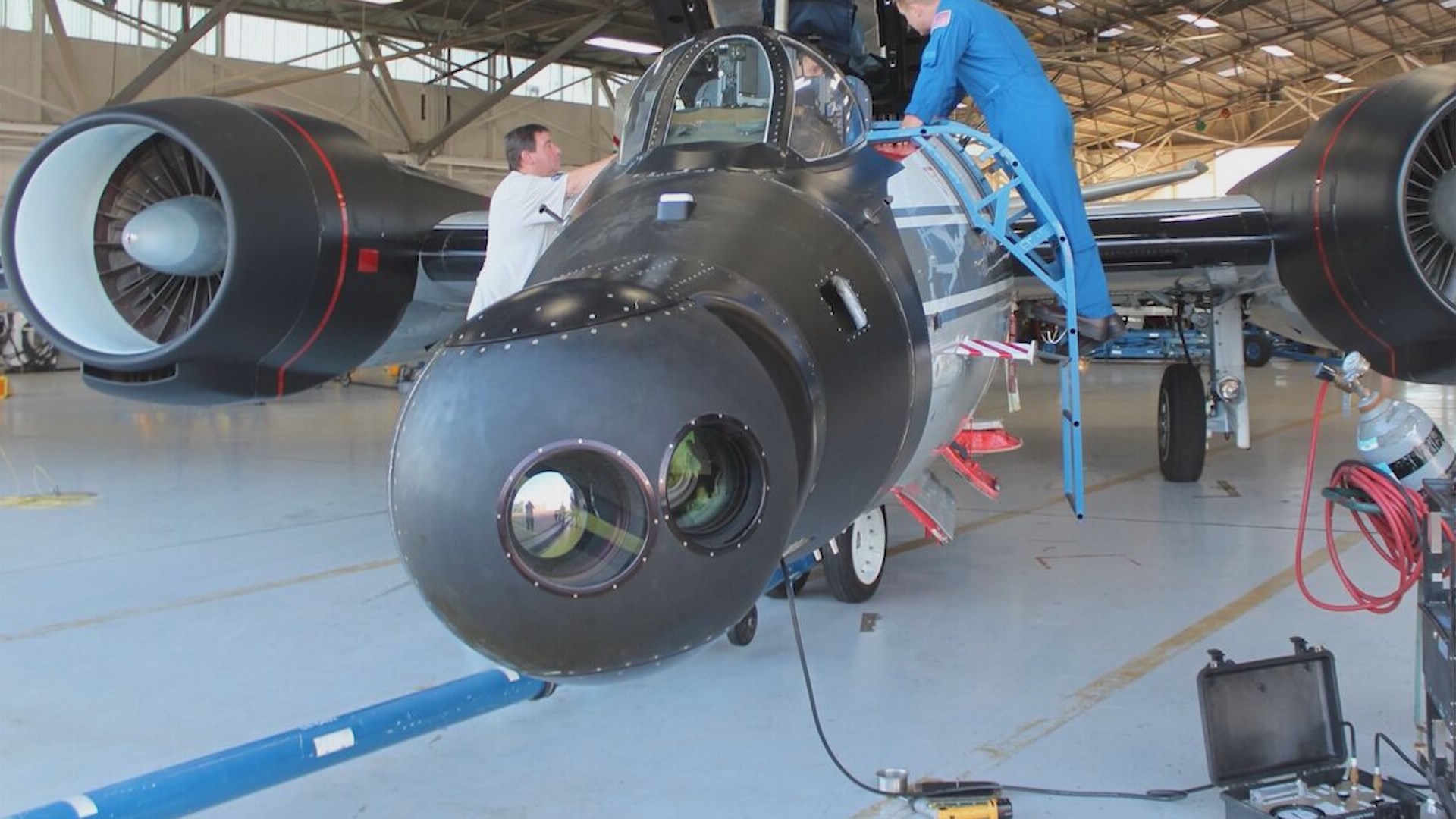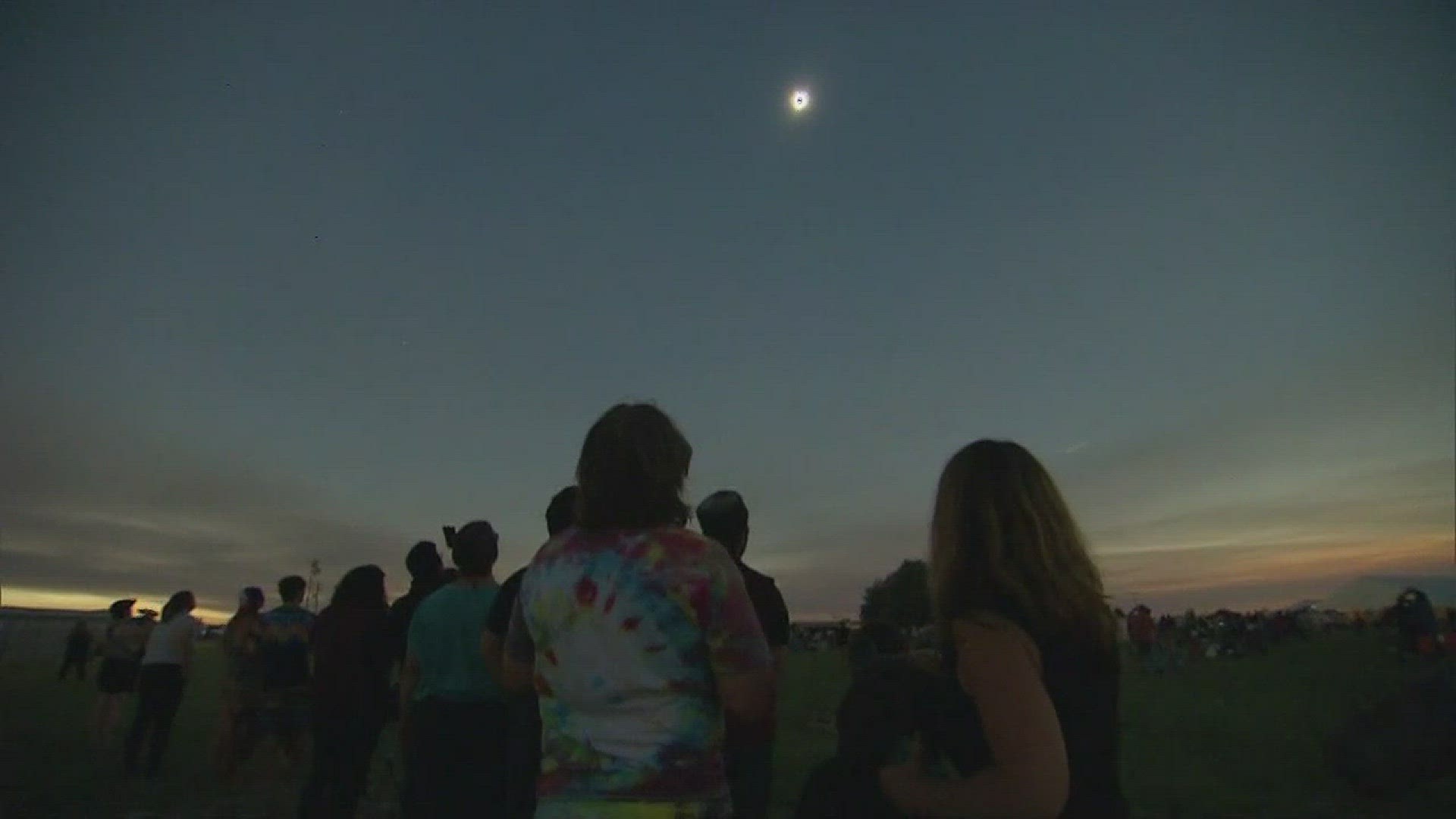The 2017 solar eclipse is an event you won’t want to miss.
It’s an opportunity not only to see an eclipse on U.S. soil, but also a rare chance for scientists, especially those over at NASA, to learn more about our space, specifically the brightest star in our sky: the sun.
While the rest of the world watches from down below, four lucky men will get the chance of a lifetime to soar above and alongside the solar eclipse.
“Kind of get one of the better views I think in the world of this special event," said Cary Klemm, NASA Sensor Equipment Operator.
“The two planes will be both along the eclipse path, one in front of the other. Separated by about 70 miles, that’s about the width of the shadow," said Amir Caspi, the scientist behind the project.
Their only job is to capture the sun’s corona.
“Why the corona gets so hot?” Caspi said.
No, not the beverage, but the outer edge of the sun.
“The sun's outer atmosphere is millions of degrees, compared to the visible surface underneath which is called the photosphere, which is only a few thousand degrees, and we don’t really know why it gets so hot," Caspi said.
The NASA pilots and engineers will be taking high speed images of the corona through telescopes in the noses of the jets.
One of the best parts of the entire mission is the jets were first built to be B-57B Bombers.Twenty-one of them were converted to be reconnaissance planes and study weather.
There’s only three left today that are still actively flying. Two of them will be finding the secrets to the sun.
“We’re looking for waves going up against the solar surface and down away from the solar surface," Caspi said.
The entire flight will be about five hours. Scientists hope they’ll help answer age-old questions.
“Better understanding the corona is the first step to being able to predict and understand these space weather hazards that can pose a risk to us here on earth," Caspi said.
Caspi said he won’t actually get to see it from the sky, but Klemm will.
“I'm the sensor equipment operator," Klemm said.
He’ll be in the back seat, focusing the camera.
Klemm knows he’s getting the best seat in the house, and also knows they’ll probably be the most important pictures he’ll ever take.
“I'm sure we’ll be anxious and excited and probably just thrilled to see it," Klemm said.
While in air, NASA crews will also be doing what they’re calling bonus science. While the cameras aren’t focused on the eclipse, they’ll be looking at Mercury, trying to get the first ever heat map of the planet.


